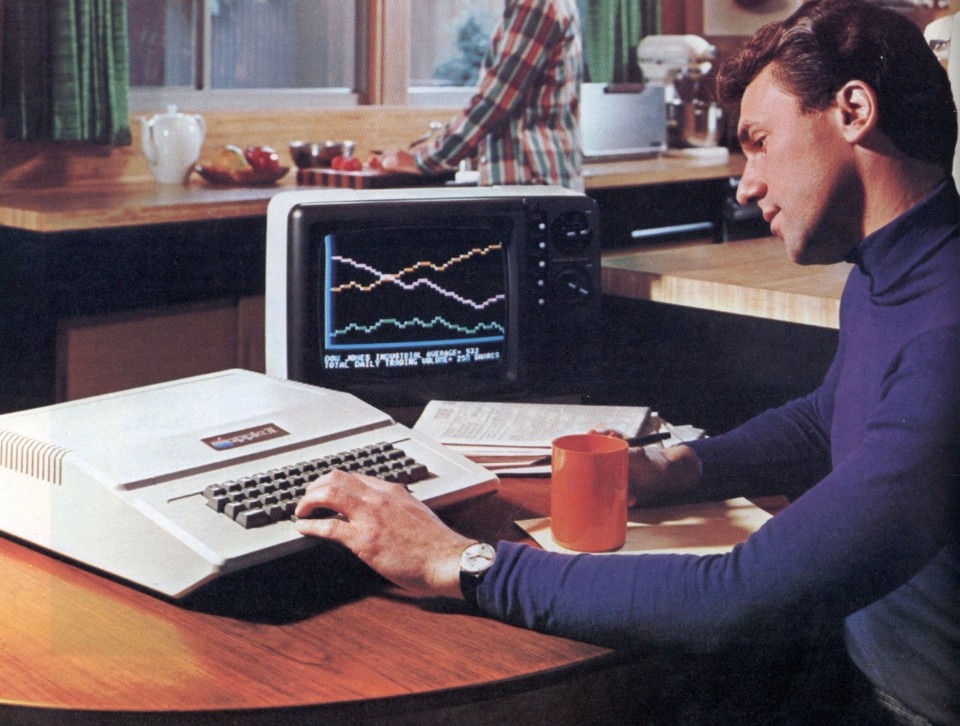43 years ago, in June 1977, about a year after the establishment of the company, Apple presented the Apple II, one of the first computers to be defined as “personal”. In addition to being remembered as a great commercial success, Apple II also introduced a new concept in the design of what, until then, were only devices for enthusiasts and insiders.
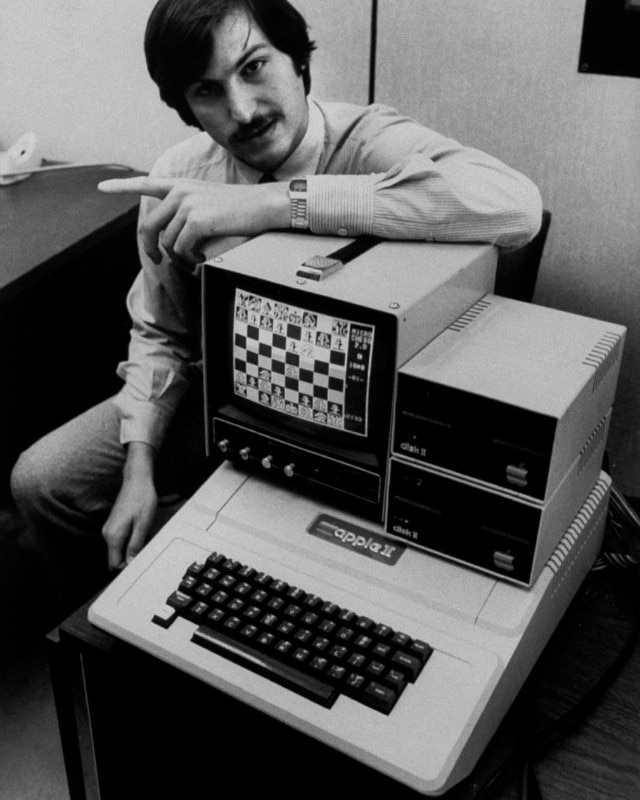
The very first computer assembled and sold by Steve Jobs and Steve Wozniak was, in fact, an amateurs kit. However, with Apple II, the two co-founders understood without too much market research, but with a lot of intuition and a bit of luck, that there might be some demand for a computer that was, in Wozniak’s words, “small, reliable, convenient to use and inexpensive”.
While Wozniak dealt with the technical aspects and the specifications (such as the 4 KiB of RAM and the magnetic tape data storage device), Steve Jobs showed for the first time his natural vocation for marketing and design. He was the one who insisted that the external shell of the computer should meet certain aesthetic criteria such as to attract even those who had never been interested in computer science. The soft, reassuring and simple lines made the Apple II a household appliance, more than a computer, an object that could also be placed in the living room and that everyone could learn to use without needing any specific computer training.
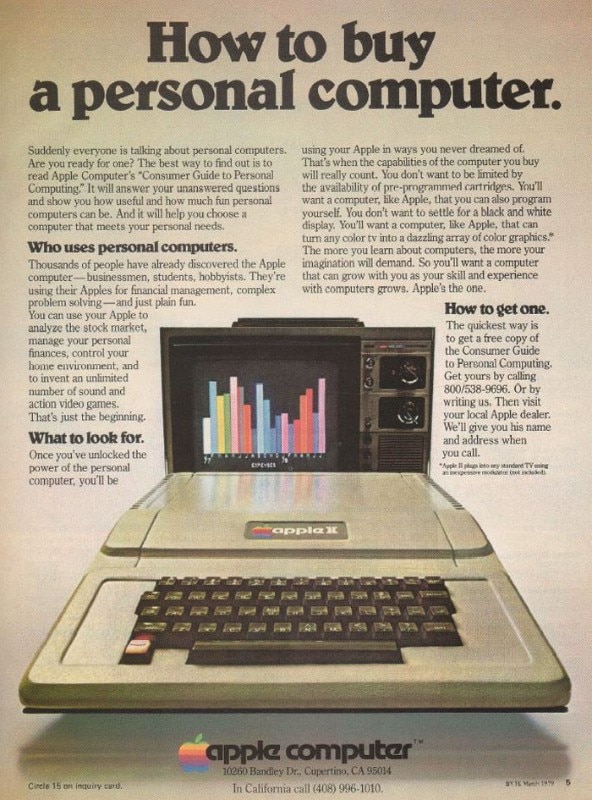
Other aspects of the design of the first models go in the same direction. It was always Steve Jobs who decided the Apple II should have a brown keyboard, on the basis of the chromatic contrast with the body: a consideration of a purely aesthetic nature that the engineers and designers from IBM or other major electronics companies were never able to make.
The importance of the Apple II lies above all in this: it was the very first computer in which both the design and the technical features (such as the defining feature of being able to display colour graphics) conveyed a holistic solution aimed at making it as “personal” as possible.
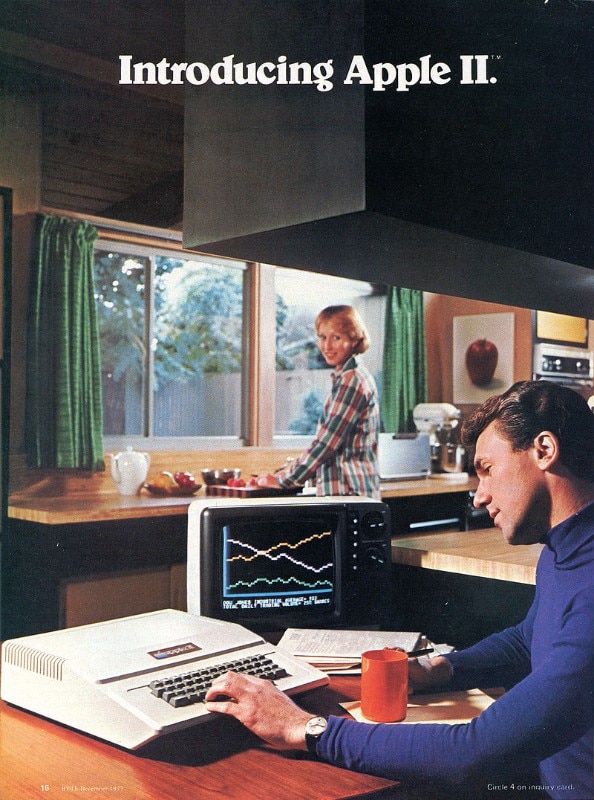
Today, this concept seems quite obvious to us, but in 1977 it was almost a heresy: the big computer companies refused to think that computers could be of any interest to ordinary people, outside the offices, while only few people (apart from Apple, only Commodore) had understood that the future of computer science was inside homes, home offices, and creative people’s studios. Apple believed so much in this vision that they even created an advertising campaign in which the computer was being used in a living environment. One of the images, in particular, shows a man busy calculating some financial graphs on the screen of his Apple II, while a woman (supposedly his wife) is looking at him fondly while cooking. In short, this represented a great revolution for the brand positioning of the product, but it wasn’t great for gender stereotypes.
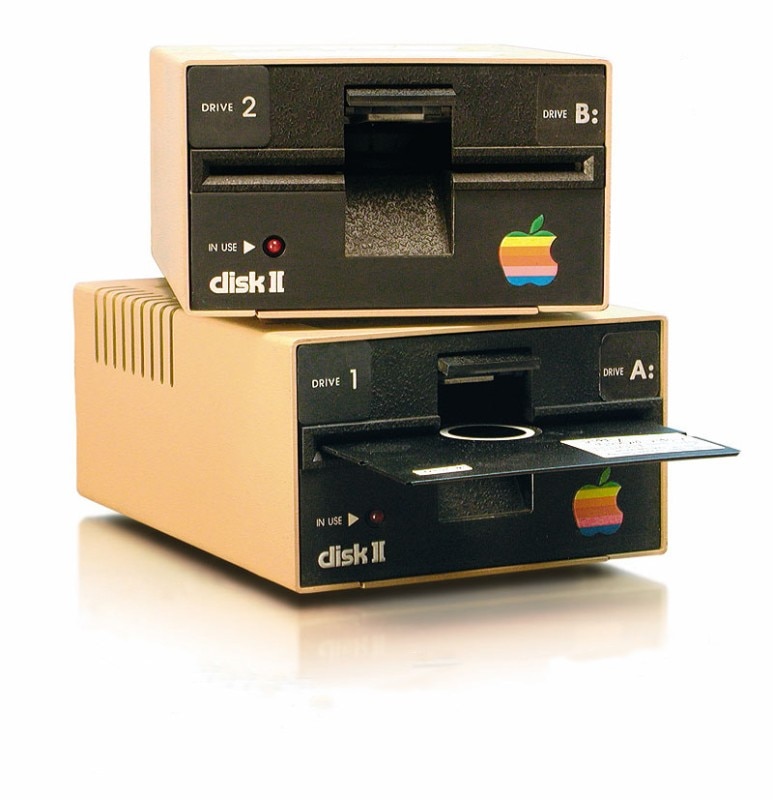
These campaigns certainly helped selling the product, but it must be said that the great success of Apple II in the late 70s and then especially in the first half of the 80s, is also linked to the effectiveness of certain purely technological intuitions of Jobs and especially Wozniak. First of all, in 1978, they launched a new, great accessory: the Apple Disk II, a floppy disk drive that replaced the magnetic tape data storage device. Thanks to the Disk II, it was possible to develop new-generation softwares that could fully exploit the excellent technical features of the Apple II.
One program, in particular, favored the great success of the product: it’s called VisiCalc. It was an ante litteram Excel, which could run exclusively on Apple II computers equipped with a floppy disk reader. The ability to use such a program convinced many small businesses to equip themselves with a computer for the first time. VisiCalc was, according to many, the first “killer app”, a term used today to describe an application that determines the success of a hardware product.
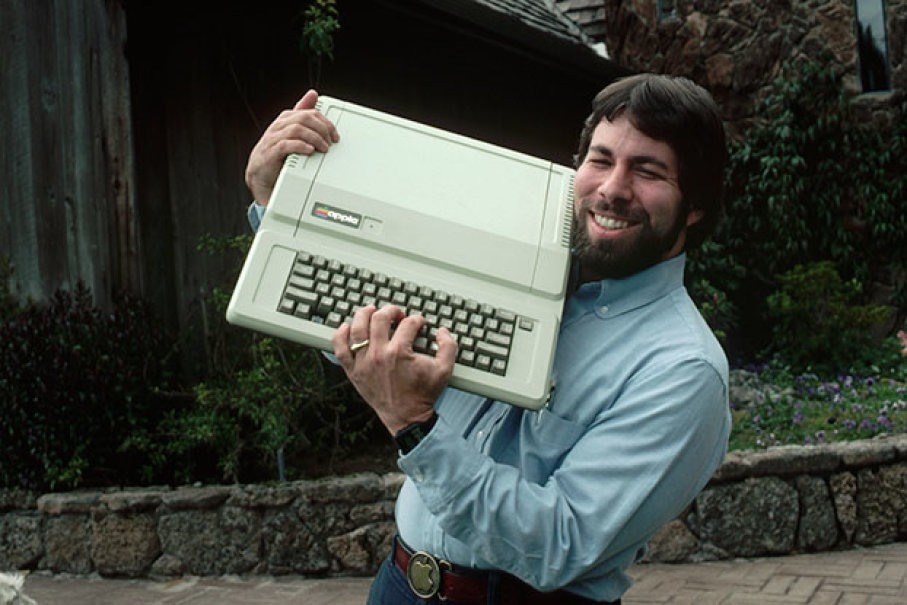
Thanks to excellent computer sales, Apple turned into a large computer company, made up of complex structures and processes, internal company policies, different visions and current strategies. A process that turned the Apple II series into a much more complex and much less experimental project, much more linked to the market dynamics it had helped create. It’s no coincidence that Steve Jobs, in the mid ’80s, had by then completely devoted his attention to another favorite product, the Macintosh, which is the forerunner of an even bolder and unprecedented computer revolution than the Apple II. This project was so out-of-the-box that, in order to defend it, Steve Jobs repeatedly clashed with Apple’s management, ending up being kicked out, in 1985, from the company he had co-founded not even ten years earlier.
- Brand:
- Apple
- Year:
- 1977 - 2020


